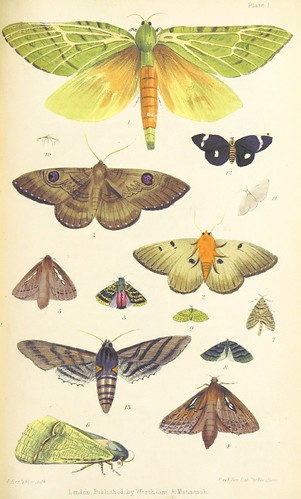
 )
)Greetings, future friends! I’m writing to you from the past, before Election Day in the United States. I hope you were all able to vote as you deemed appropriate, and you were able to do so safely. Maybe by Wednesday morning (or whenever you read this) you know the outcomes or maybe not; I certainly don’t here in the past. But I am reasonably confident that, regardless of the results, we’ll still need to come to grips with our political polarization or political sectarianism. To that end, we may benefit from a body of psychology and sociology research identifying the nature of the divide, some contributing factors, and most helpfully, possible interventions that have demonstrated some efficacy in reducing animosity.
I’ve had my own informal sense that a shift had occurred in how political party leaders and supporters talked about their competition. I’ve wondered if it was perhaps my own recency or confirmation bias, so I found it helpful to see some of the formal research on the topic. Apparently there is some substance to my perception of a different tone, one that goes beyond disagreement to a sentiment that things would be better without as much as half of the country–or if they just became the same as our half, which might as well be the same thing. Of course, if we are to reduce sectarianism then at least some and likely many or all of us will need to change in some fashion. But I think there is plenty of viable space between the status quo and a scenario in which half of us suddenly swap all our values for those of the other half.
If I may be allowed a little sci-fi diversion, my favorite comics books, the ones about the X-Men, are currently in the midst of a multi-year story arc that I’ve found quite challenging. The X-Men are superheroes who have superpowers by virtue of biological mutation, and they frequently are at odds with villains who share their biology but not their ideology. Their exploits often have a tinge of political allegory (and sometimes not so much a tinge as flashing neon). In the current story, a mutant nation has been created in which all mutants are welcome, and so former foes now share a home and leadership responsibilities. As a fan, it is unsettling to see “the bad guys” given an equal voice. At the same time, it highlights the ways in which story differs from reality, where true villains are rare and any enterprise of sufficient scale will bring together people with varying and possibly opposing values.

Going on step further, the latest development in the X-Men story is an armed conflict with a group of previously unknown mutants who left our dimension millenia ago. Their group has diverged so far from “our” mutants that none of the characters have (yet) been able to imagine a way to interact other than violently. Since we’re talking about mutants, evolution is a natural topic, and indeed one the story itself aspires to comment on. And the two divergent groups lead me to think more specifically about speciation.
Common questions about the origin of species center around the first member of a species and what change or changes separated them from their ancestors. In many cases, these questions are a nonsequitur, as there was no such individual and no such single generation change. In a way, it reveals a sort of essentialist thinking applied to biology, expecting that transformation from the essential qualities of one species to the essential qualities of another is what marks speciation. But in many cases, speciation starts with separation rather than biological change. Two populations simply stop interacting, or interact less frequently, which then makes it possible for them to drift apart biologically. Eventually they are so different that they cannot be one species, and so if they do wind up interacting again they may wind up having to compete.
Bringing the discussion all the way back around, I wonder if this sort of essentialist thinking reinforces our political sectarianism. We imagine the other half as essentially different, rather than as people like us from whom we’ve grown apart. If they are essentially different, what can we do? But if they grew to be like they are, then they changed, and so possibly further change in the other direction is possible. I think this is consistent with the interventions proposed by the researchers in this area. Engaging in conversation and debate, as they suggest, depends to some degree on being willing to believe the other folks can change. Maybe they won’t change their values, but maybe they will change their willingness to accommodate different values or their approach to realizing those values. And then maybe we can get back to building a future that makes space for all of us, not just our favorite half.
Andy has worn many hats in his life. He knows this is a dreadfully clichéd notion, but since it is also literally true he uses it anyway. Among his current metaphorical hats: husband of one wife, father of two teenagers, reader of science fiction and science fact, enthusiast of contemporary symphonic music, and chief science officer. Previous metaphorical hats include: comp bio postdoc, molecular biology grad student, InterVarsity chapter president (that one came with a literal hat), music store clerk, house painter, and mosquito trapper. Among his more unique literal hats: British bobby, captain’s hats (of varying levels of authenticity) of several specific vessels, a deerstalker from 221B Baker St, and a railroad engineer’s cap. His monthly Science in Review is drawn from his weekly Science Corner posts — Wednesdays, 8am (Eastern) on the Emerging Scholars Network Blog. His book Faith across the Multiverse is available from Hendrickson.

Leave a Reply